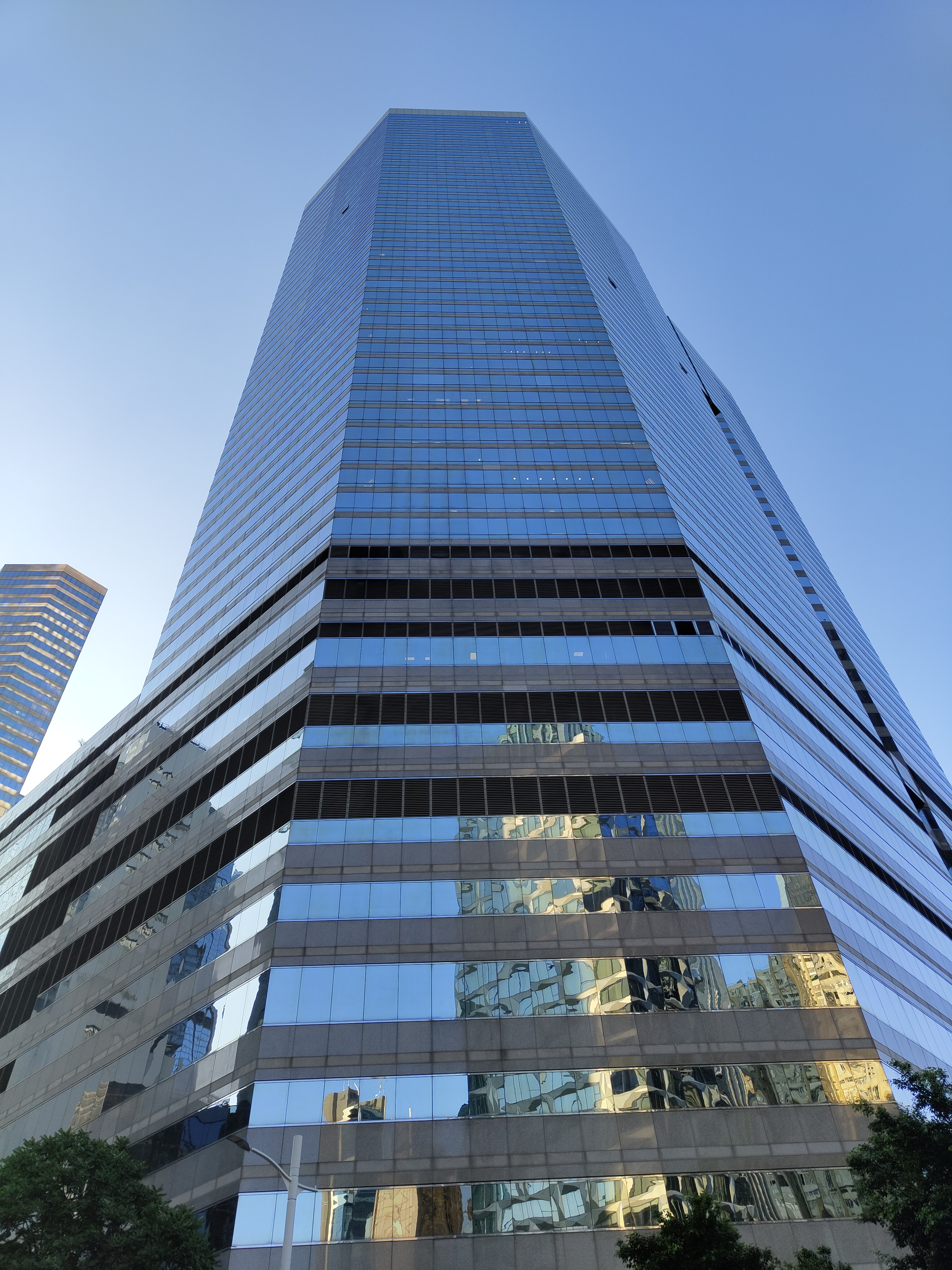How listed property companies are getting on board with sustainability reporting
Closer scrutiny among world's listed property firms
More listed property companies are improving their sustainability reporting across the globe, a sign of increasing pressure from shareholders and regulators to go green, as well as corporate leadership’s realization of the economic benefits of leading the pack in the race to decarbonization.
More countries, from Canada to the UK to New Zealand, are announcing mandates for Task Force on Climate Related Financial Disclosures (TCFD)-aligned reporting. In Japan, the corporate governance code, which requires listed companies to disclose data aligned to the TCFD, has been updated. The move has nhelped push Japan into the “highly transparent” category for the first time in JLL’s biennial Global Real Estate Transparency Index.
And change is afoot at corporate level, with a growing number of listed real estate investment trusts (REITs) reporting their own ESG progress. The U.S. has seen rapid adoption of sustainability reporting, according to listed trade association NAREIT, with the country’s top 100 listed companies all now reporting publicly on their ESG efforts. In 2021, 80 of the largest 100 REITs by equity market cap issued stand-alone sustainability reports, up from 66 in 2020.
A few years ago, less than half of all REITs in the U.S. reported their carbon emissions, now 78% do so, NAREIT found.
“The first step for many companies has focused on sustainability reporting. The next step is demonstrating steady progress toward decarbonization, an area that has become even more important for investors as they seek out responsible investment opportunities and assess their assets based on ESG criteria,” says Jacques Gordon, Global Strategist for LaSalle Investment Management. “With boardroom leadership being increasingly held accountable, companies across the listed property sector have sharpened their focus on the net zero challenge.”
Looking for more insights? Never miss an update.
The latest news, insights and opportunities from global commercial real estate markets straight to your inbox.
Indeed, participation in GRESB, the global ESG benchmark for capital markets by listed entities, grew 20% last year, with the benchmark now covering 69% of the main global listed real estate indices. Globally, across listed and private companies, the benchmark now covers US$5.7 trillion of assets under management and nearly 117,000 individual assets, while for non-listed, the Net Zero Global Alliance covers some US$10.6 trillion of assets held by major insurance and pension funds.
But to make further gains, the performance of underlying properties will be key. In the Middle East, properties in Masdar Green REIT’s portfolio use around 40% less electricity and water than comparable buildings in Abu Dhabi. NAREIT found big improvements in reporting for Simon Property Group and Regency Centers Group, which last year both scored highly in GRESB’s 2021 report.
Reporting requirements
In Europe, reporting requirements for all companies are being extended after the European Financial Reporting Advisory Group (EFRAG) released its initial draft of European Sustainability Reporting Standards. The proposed rules and requirements set out how companies report their sustainability-related impacts, opportunities and risks under the EU’s upcoming Corporate Sustainability Reporting Directive (CSRD). The proposal extends existing reporting requirements to 50,000 firms, up from the current 12,000.
“It’s clear that reporting is making great strides and more listed property companies now have ESG goals in place,” says Matthew McAuley, research director in JLL's Global Insight team. “It’s also evidence that pandemic-related disruption has not deterred ESG efforts.”
Just over 60% of U.S. REITs surveyed by NAREIT disclosed short-term ESG goals of less than five years, an indication of the urgency to act now being felt, says Gordon.
“What will be interesting is to see how improving reporting levels and investor aspirations then inform decision-making and future portfolio decisions,” he says. “Will more capex go towards retrofitting assets, or will more properties be divested? Will listed companies take the lead in resolving how decarbonization priorities are determined? For example, retrofitting almost always uses less carbon than new construction, once the carbon embodied in an existing structure is taken into account.”
Investment Opportunities
The game’s bond
Notably, more property companies have been turning to green bonds, which last year represented an increasing share of U.S. REITs’ overall debt capital, according to S&P Global Market Intelligence. In the U.S., Healthpeak Properties last year issued its first green bond offering of US$450 million senior unsecured notes due in 2027, representing an important crossover between two of the largest asset classes, fixed income and real estate.
More broadly, the signs are that higher transactional activity based upon green criteria will emerge; some 82% of U.S. REITs surveyed by NAREIT were integrating ESG risks and opportunities into their strategy and financial planning, pointing the way for what could be even further improvements.
“Public companies remain more transparent from a disclosure standpoint, have more direct pressure from shareholders and are usually among the first in line for higher regulatory requirements,” says McAuley. “That’s leading other parts of the real estate market in terms of sustainability disclosure.”
Contact Matthew McAuley
Research Director, JLL Global InsightsWhat’s your investment ambition?
Uncover opportunities and capital sources all over the world and discover how we can help you achieve your investment goals.




